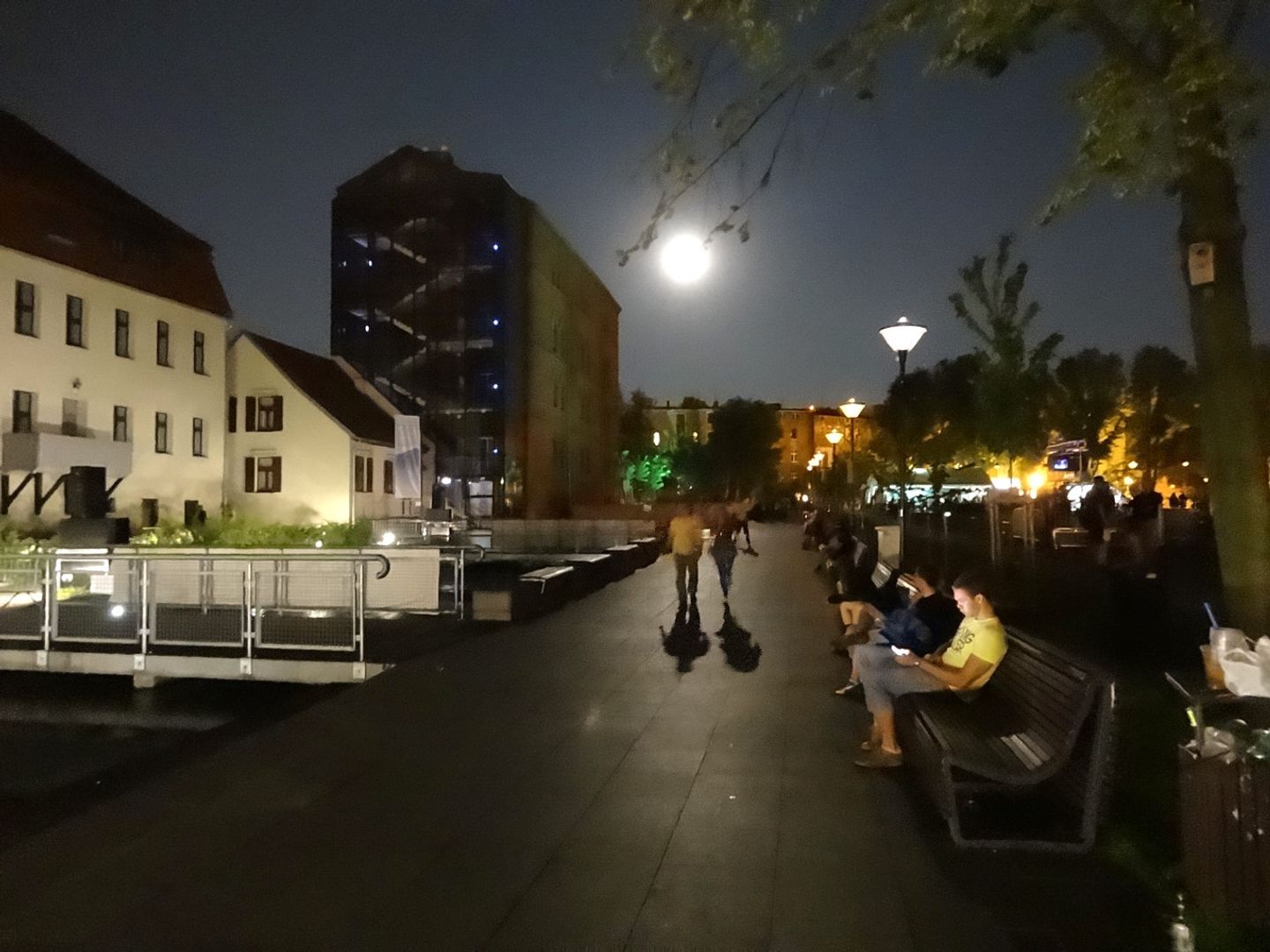Granaries in Bydgoszcz
8.33

Overview
The granaries in Bydgoszcz are historic warehouse buildings located primarily in the Old Town area along the Brda River. Mostly built using half-timbered construction, they form an important part of the city's landscape and symbolize its commercial traditions. Their original purpose was to store agricultural products, such as grains, which were transported by water to Gdańsk and later, via the Bydgoszcz Canal, to Berlin. Bydgoszcz played a significant role in inland water trade during the 15th to 17th centuries, and the importance of river navigation contributed to the city's dynamic development. The presence of these granaries, which were owned by both residents and the nobility, is closely tied to this period.
In the 18th and 19th centuries, following the Prussian invasion, new granaries were built in Bydgoszcz, primarily serving commercial purposes related to new transport routes. In the 20th century, particularly during World War II, many of these structures were destroyed, and the remaining ones were repurposed for various uses—from storage to museum spaces. Today, granaries such as the famous White Granary, Red Granary, and the granaries on Grodzka Street serve cultural functions as part of the District Museum and other institutions.
An interesting fact is that "new granaries" have also been built along the Brda River embankment—modern structures that pay homage to the historical architecture, blending tradition with modernity. The granaries in Bydgoszcz not only tell the city's history but also form an essential part of its cultural heritage.
Location
Tickets
Powered by GetYourGuide
2025 Wizytor | All Rights Reserved